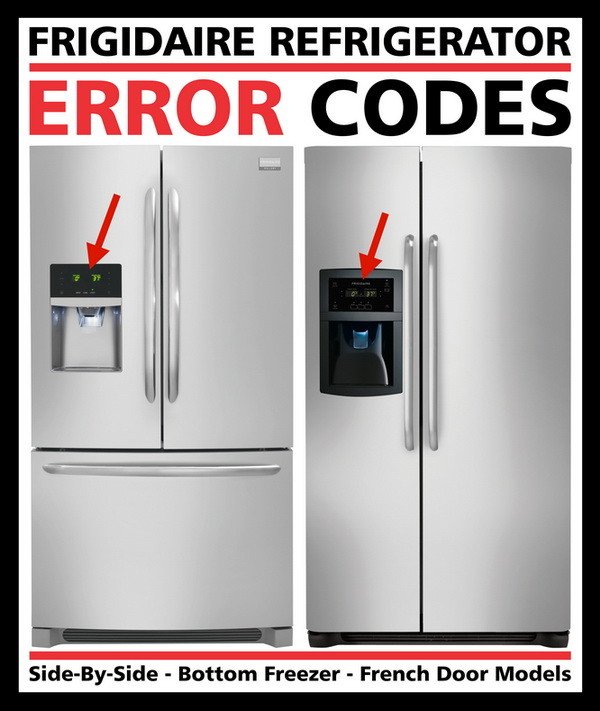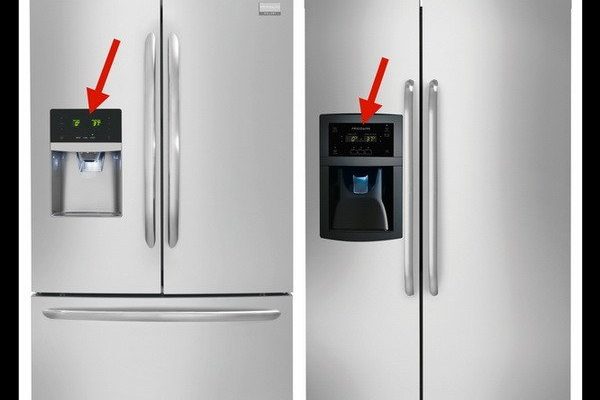
Error F2 is like a red flag from your refrigerator, signaling that something isn’t quite right with its system. Just like a warning light on a car dashboard, it’s a sign that the appliance needs some attention. Ignoring it might seem like an easy choice, especially if everything seems to be working fine on the surface. But here’s the deal: letting it slide could lead to bigger issues down the road that might not be as easy to fix. In simple terms, if you don’t act, you might find yourself dealing with spoiled food, increased energy bills, or even more serious mechanical failures.
Understanding Error F2 and Its Significance
So, what exactly does Error F2 mean? Think of your refrigerator as a complex puzzle with many interlocking pieces. When something disrupts those pieces, it sends out an error code to let you know. Specifically, Error F2 often points to a problem with the refrigerator’s temperature control system. Imagine trying to keep a room warm with a faulty thermostat; it’s challenging and inefficient.
This error might indicate that the refrigerator can’t maintain its set temperature, which is crucial for preserving food. If the temperatures vary too much, your frozen goods might thaw, or fresh produce might spoil faster than you’d expect. Furthermore, if the fridge is working overtime to compensate for fluctuating temperatures, it could be using more energy than necessary. This not only results in a higher electricity bill but also puts added strain on the refrigerator’s components.
Understanding the root cause is the first step to tackling Error F2. In many cases, the issue might stem from a faulty temperature sensor or a malfunctioning control board. Addressing these problems might involve a bit of technical know-how or calling in a professional, but it’s worth the effort to avoid more significant complications.
Consequences of Ignoring Error F2
You might be wondering, “What happens if I just ignore this error code?” Well, let’s delve into that scenario. Imagine living with a persistent dripping faucet. At first, it seems like a minor annoyance, but over time, that drip can lead to water wastage and higher bills. Similarly, ignoring Error F2 in your refrigerator can lead to inefficiencies and potential damage.
If the refrigerator’s temperature fluctuates, it can affect the safety and quality of your stored food. Bacteria thrive in warmer temperatures, which means any increase above the optimal level could potentially turn your fridge into a breeding ground for germs. This is especially concerning for perishables like dairy, meat, and eggs, which require consistent cooling to remain safe for consumption.
Moreover, a refrigerator that’s constantly overworking itself to maintain the set temperature is likely to wear out faster. Components such as compressors or fans might fail prematurely, leading to costly repairs or even the need for a replacement appliance. All of this can be avoided by addressing the issue head-on once you notice the error.
How to Tackle Error F2: Practical Steps
So, what can you do about it? Tackling Error F2 might seem daunting at first, but it’s actually manageable with the right approach. Start by consulting your refrigerator’s manual. This often-overlooked booklet is like a treasure map, guiding you through basic troubleshooting steps specific to your model.
Next, consider resetting your refrigerator. Sometimes, just like rebooting a computer, a simple reset can resolve minor glitches. If the error persists, it could be time to inspect the temperature sensor or control board. Remember, if you’re not comfortable tinkering with the inner workings of your fridge, don’t hesitate to contact a professional technician. It’s better to be safe than sorry when dealing with electrical components.
Lastly, consider preventative measures to avoid future issues. Keep your refrigerator clean and well-ventilated, ensure door seals are tight, and avoid overloading it with too much food, which can impede airflow. Regular maintenance checks can be a lifesaver, catching potential problems before they turn into major headaches.
Preventing Future Refrigeration Woes
Once you’ve addressed Error F2, it’s wise to consider how you can prevent similar issues in the future. Think of your refrigerator as a living system that benefits from regular care—just like changing the oil in your car. Simple habits can make a big difference in its longevity and performance.
Firstly, ensure your refrigerator is placed in a well-ventilated space. Adequate airflow helps it cool efficiently, reducing the workload on its components. Regularly checking and cleaning the condenser coils can also prevent dust buildup, which often causes overheating.
Moreover, be mindful of how you organize food inside. Overcrowding blocks air vents, disrupting the even distribution of cool air. Maintain a habit of checking door seals, as a tight seal ensures no cool air escapes, keeping the internal environment steady.
In conclusion, tackling Error F2 should be a priority. While it might appear minor, its implications can be far-reaching, affecting both food safety and appliance longevity. By taking immediate action, you can keep your refrigerator running smoothly and enjoy peace of mind knowing your food is stored safely.
